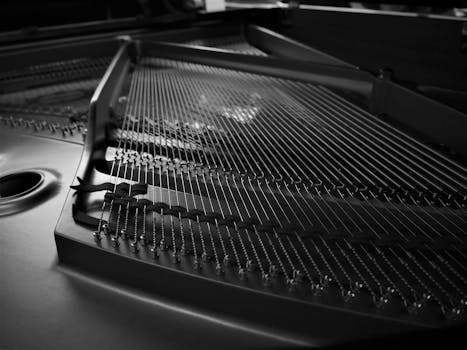Headphone Impedance and Sensitivity: What You Need to Know
9/22/2025 · Audio · 6 min

TL;DR
- Impedance is measured in ohms and relates to how much electrical resistance headphones present to a source. Low impedance means easier to drive from phones and laptops. High impedance often benefits from dedicated amplification.
- Sensitivity tells you how loud headphones will get for a given input level. Higher sensitivity equals louder output for the same voltage.
- Quick rules:
- Phones and portable players: choose 16 to 80 ohm headphones with moderate to high sensitivity.
- Desktop setups with a DAC or amp: 80 to 600 ohm models are fine and can offer better control and sound staging.
- For noisy environments, higher sensitivity helps achieve listening levels without maxing the volume.
Impedance explained
- Impedance is the AC resistance that the headphone driver presents to an amplifier or source. Typical values range from about 16 ohm to several hundred ohm.
- Low impedance (typically 16 to 80 ohm): easy to drive from phones, tablets, and most laptops. Less voltage is required to reach listening levels.
- High impedance (typically 100 ohm and up): designed for studio gear or dedicated amps. They usually need more voltage and benefit from low output impedance sources for best damping.
Sensitivity and loudness
- Sensitivity is expressed in dB SPL per milliwatt or per volt. Common specs are 95 dB/mW or 100 dB/V, but manufacturers vary units.
- A small change in sensitivity is audible: 3 dB is roughly a noticeable increase in loudness; 10 dB feels about twice as loud.
- High sensitivity means less power needed for louder playback. Low sensitivity requires more amplifier power to reach the same volume.
How impedance and sensitivity interact
- You need to consider both numbers together to estimate how easy headphones are to drive.
- Example: a 32 ohm headphone with 100 dB/mW will be much louder from a phone than a 300 ohm headphone with 95 dB/mW.
- For battery powered devices that output limited voltage, sensitivity often matters more than impedance alone.
Source considerations: phone, laptop, DAC, amp
- Smartphones and earbuds: expect low voltage and modest output power. Low impedance and higher sensitivity are safer choices.
- Laptops: better than phones but still limited. Many modern laptops drive 32 to 80 ohm cans acceptably.
- USB DACs and dedicated amps: provide more voltage and power headroom. They let you drive high impedance and low sensitivity headphones properly.
- Audio interface or pro gear: designed for studio headphones, often provide the voltage and current needed for 250+ ohm models.
Practical examples and recommendations
- Commuters and mobile users: choose 16 to 48 ohm headphones with sensitivity over 95 dB/mW. They will be loud enough from phones and portable players.
- Casual desktop use: 32 to 80 ohm models balance portability and control. Good when you sometimes use a DAC but also plug into a laptop.
- Home listening and critical use: 100 ohm and up or low sensitivity planar magnetic headphones paired with a dedicated amp or DAC+amp. They can reward you with better dynamics and fidelity.
What about impedance matching and damping factor
- Keep source output impedance low relative to the headphone impedance to avoid frequency response shifts. A common guideline is output impedance less than 1/8 of headphone impedance.
- Damping factor is amplifier output impedance divided into headphone impedance. Higher damping factor usually improves driver control and bass tightness.
Buying checklist
- Check both impedance and sensitivity. Neither number alone tells the full story.
- Think about your primary source: phone only, laptop, or dedicated amp. Choose headphones that match that use case.
- For phones and tablets: favor low impedance and higher sensitivity.
- For desktop or studio: you can consider higher impedance if you have an amp or DAC with sufficient voltage.
- If you plan to mix mobile and home use, aim for midrange impedance 32 to 80 ohm for widest compatibility.
Bottom line
- Choose headphones that match your gear. If you mostly use a phone or portable player, prioritize higher sensitivity and low to mid impedance. If you want the best home listening and have a DAC or amp, higher impedance cans can be worth the extra power requirements. Understanding both impedance and sensitivity helps you avoid surprise low volume or wasted potential in your setup.
Found this helpful? Check our curated picks on the home page.